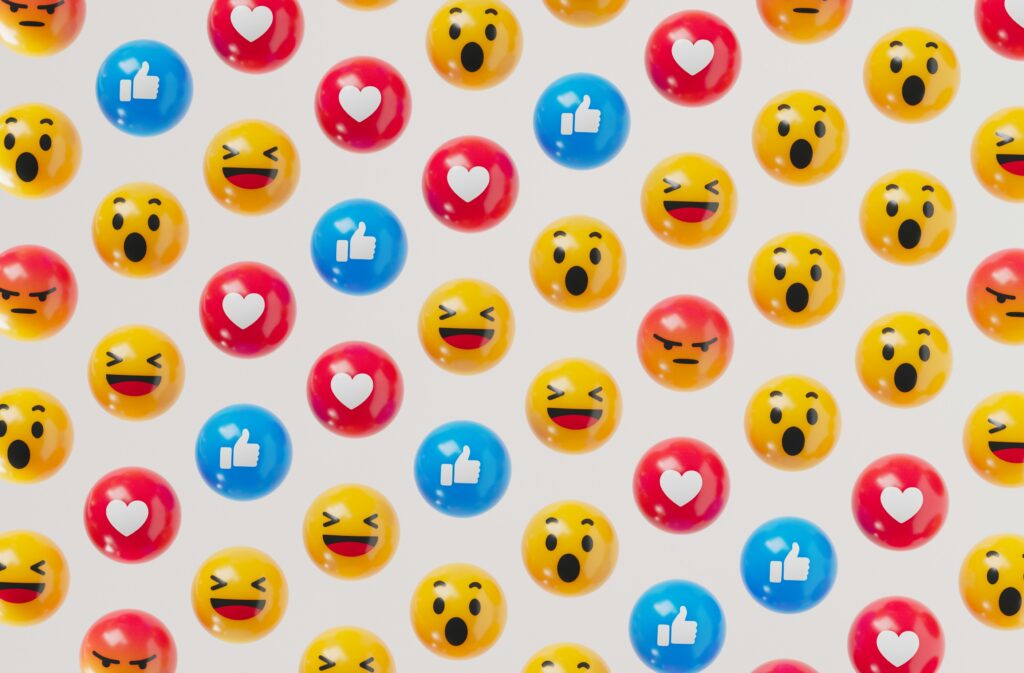Have you ever stopped to think about the impact of emojis on our everyday communication? Sure, they may seem like whimsical additions to texts and social media posts, but the truth is, these tiny symbols are shaping the way we express ourselves in the digital age.
Emojis, originally created in Japan in the late 1990s, have since become a global phenomenon, with over 3,000 symbols available to convey emotions, actions, objects, and more. In fact, studies have shown that emojis can help facilitate understanding and connection in written communication, adding nuance and context to what might otherwise be a flat text message.
But emojis aren’t just for personal conversations – they’re also being utilized in the business world. Companies are increasingly using emojis in their marketing campaigns to appeal to a younger, more tech-savvy audience. According to a recent survey, 61% of consumers are more likely to trust a brand that uses emojis in its messaging.
However, the rise of emojis in business communication is not without its controversies. Some critics argue that over-reliance on emojis can undermine professionalism and clarity in written exchanges. Despite this, it’s clear that emojis are here to stay, and understanding their significance is crucial for businesses looking to connect with customers in the digital age. So next time you send a text or tweet, consider the power of the emoji – it’s more than just a smiley face. It’s a symbol of our evolving language and communication habits.



